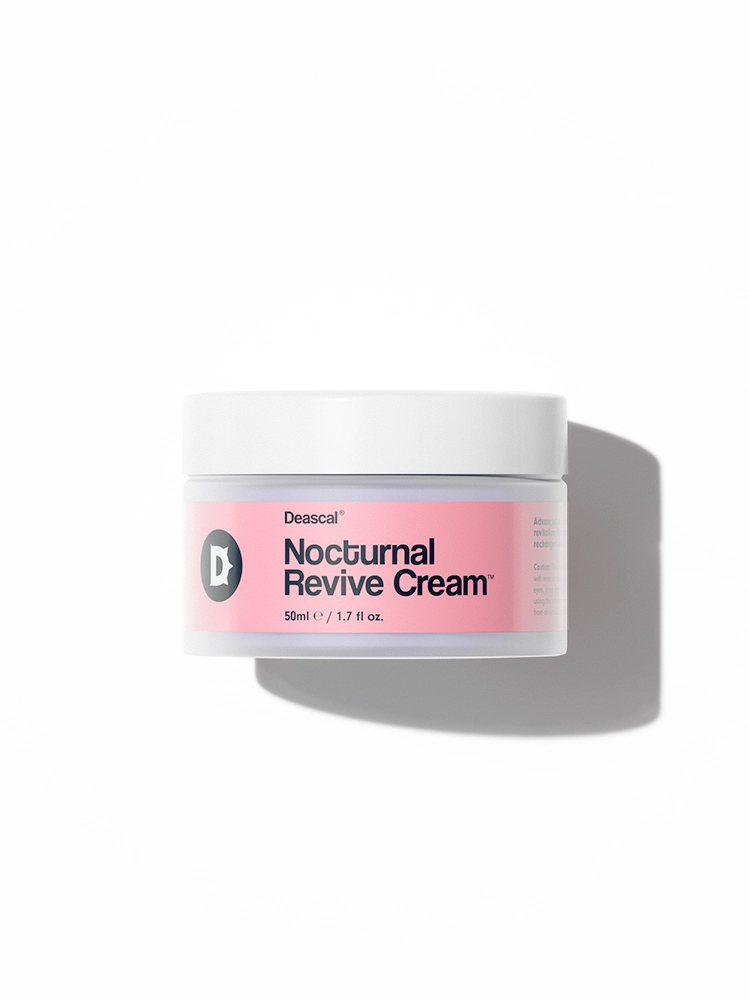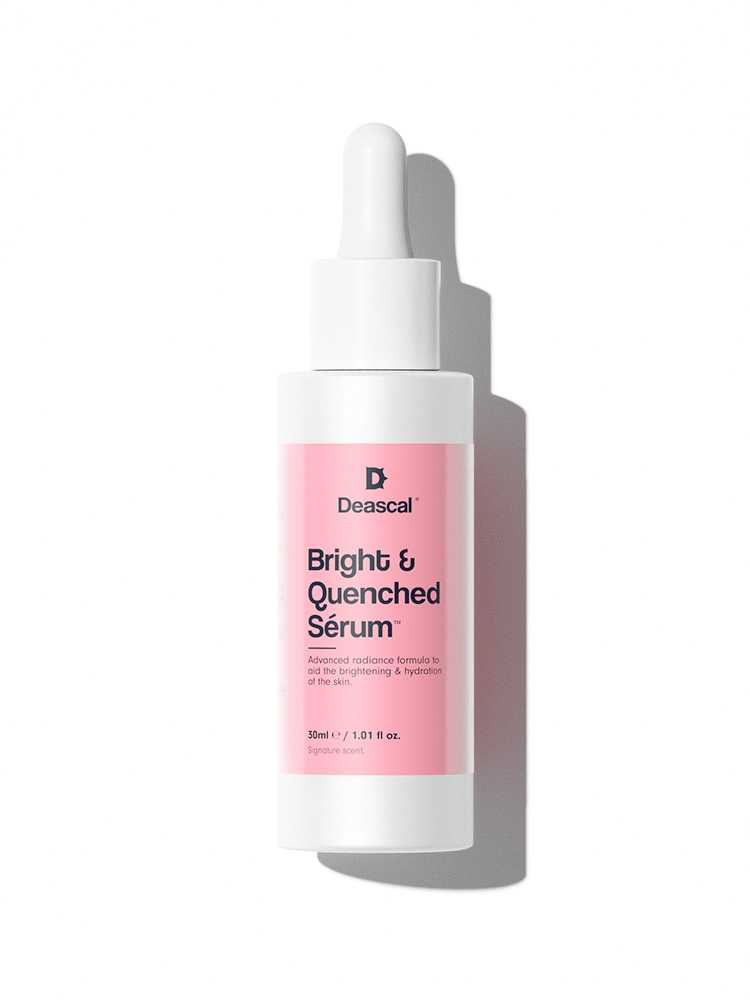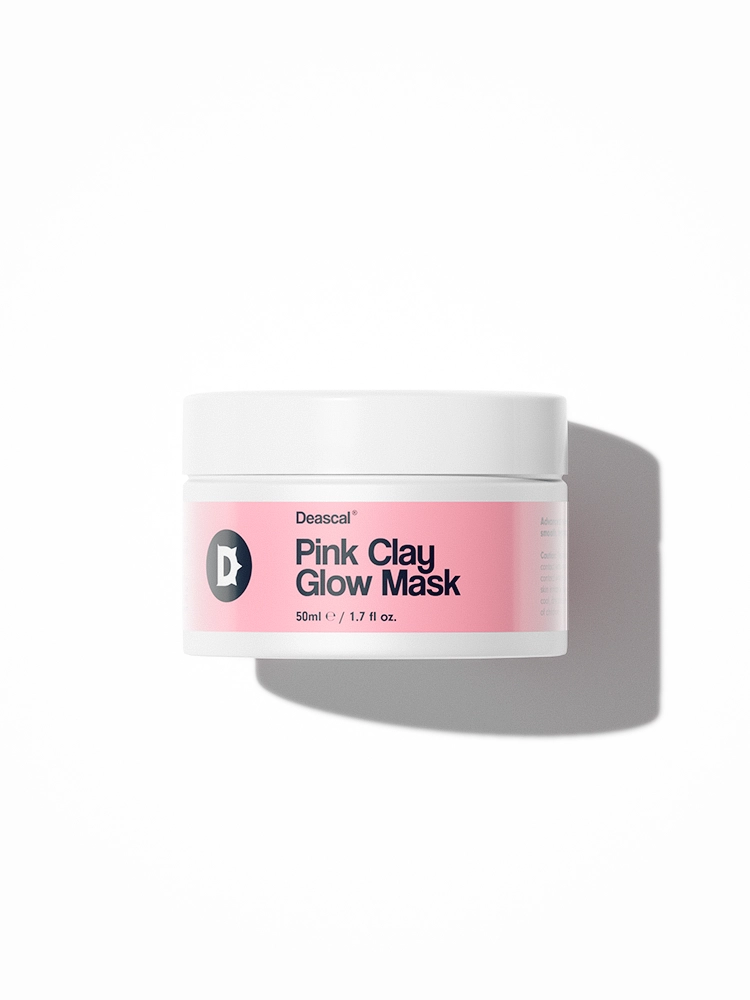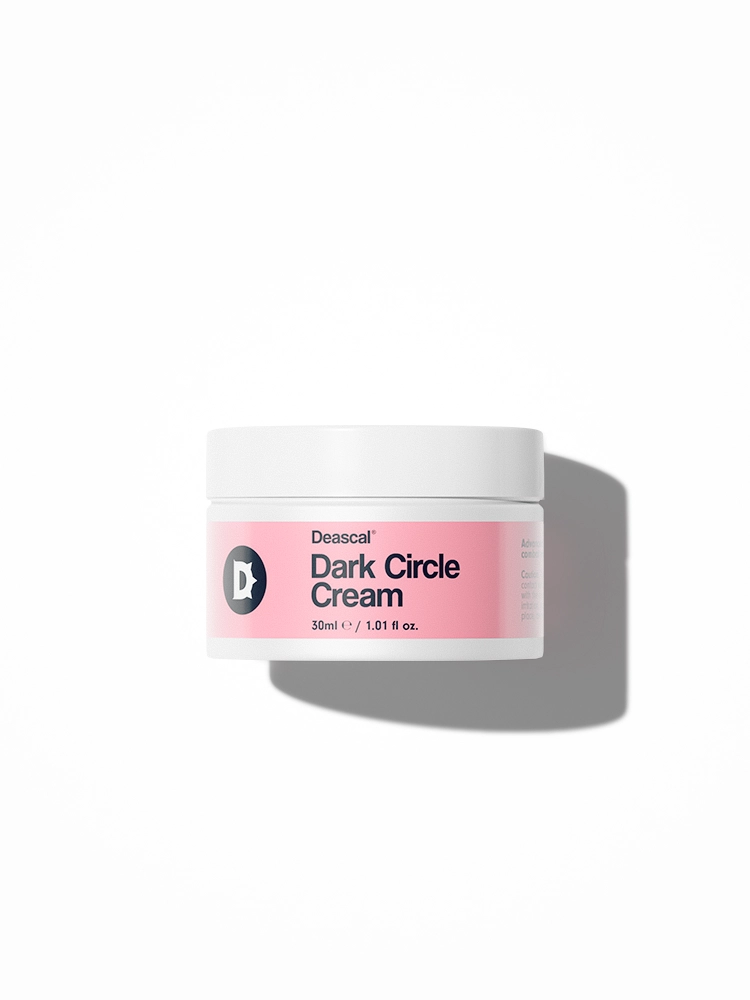What Is Ovalicin?
Ovalicin, also known by its chemical name 1-Oxaspiro(2,5)octan-6-one, 4-(1,2-epoxy-1,5-dimethyl-4-hexenyl)-4-hydroxy-5-methoxy-, (1S,2R,3S,4R,5S)-(-)-, is a unique compound that has found its way into the world of cosmetics. This ingredient is primarily sourced from natural origins, often derived from certain types of fungi. Its complex chemical composition includes a spiroketal structure, which is quite rare and contributes to its distinctive properties.
Historically, Ovalicin was first isolated and studied for its potential medicinal properties. Over time, researchers discovered its antimicrobial and anti-seborrheic capabilities, making it a valuable addition to skincare formulations. Its journey from a scientific curiosity to a cosmetic staple highlights the evolving nature of ingredient research and application.
The production of Ovalicin typically involves sophisticated extraction and purification processes. These methods ensure that the compound retains its efficacy and safety when incorporated into cosmetic products.
The Benefits/Uses of Ovalicin
In this section, we will delve into the officially recognized cosmetic benefits and uses of Ovalicin:
Anti-Seborrheic
Ovalicin is known for its anti-seborrheic properties. This means it helps in controlling the production of sebum, the oily substance secreted by sebaceous glands in the skin. For those struggling with oily skin or conditions like seborrheic dermatitis, Ovalicin can be a game-changer. By regulating sebum production, it helps to reduce the greasy appearance and can prevent the formation of acne and other skin issues associated with excess oil.
Antimicrobial
Another significant benefit of Ovalicin is its antimicrobial property. This means it can help in combating various microorganisms, including bacteria and fungi, that can cause skin infections and other related issues. By incorporating Ovalicin into your skincare routine, you can help protect your skin from harmful microbes, thereby maintaining healthier and clearer skin.
Note: the listed benefits above are exclusively based on the officially recognized and defined functions of the ingredient, as documented by the International Nomenclature of Cosmetic Ingredients (INCI).
Potential Side Effects & Other Considerations
Ovalicin is generally considered safe for topical use in cosmetic products. However, as with any ingredient, there are potential side effects and considerations to keep in mind.
- Skin irritation
- Redness
- Dryness
- Allergic reactions
Regarding individuals who are pregnant or breastfeeding, data and research on the topical usage of Ovalicin during pregnancy and breastfeeding are lacking. Therefore, it is advisable for these individuals to consult a healthcare professional for further advice before using products containing this ingredient.
Side effects and adverse reactions from Ovalicin are relatively uncommon. However, it is always recommended to perform a patch test before widespread usage to ensure there are no adverse reactions.
Ovalicin has a comedogenic rating of 1, which means it is very unlikely to clog pores. This makes it a suitable option for individuals prone to acne, blemishes, or breakouts.




